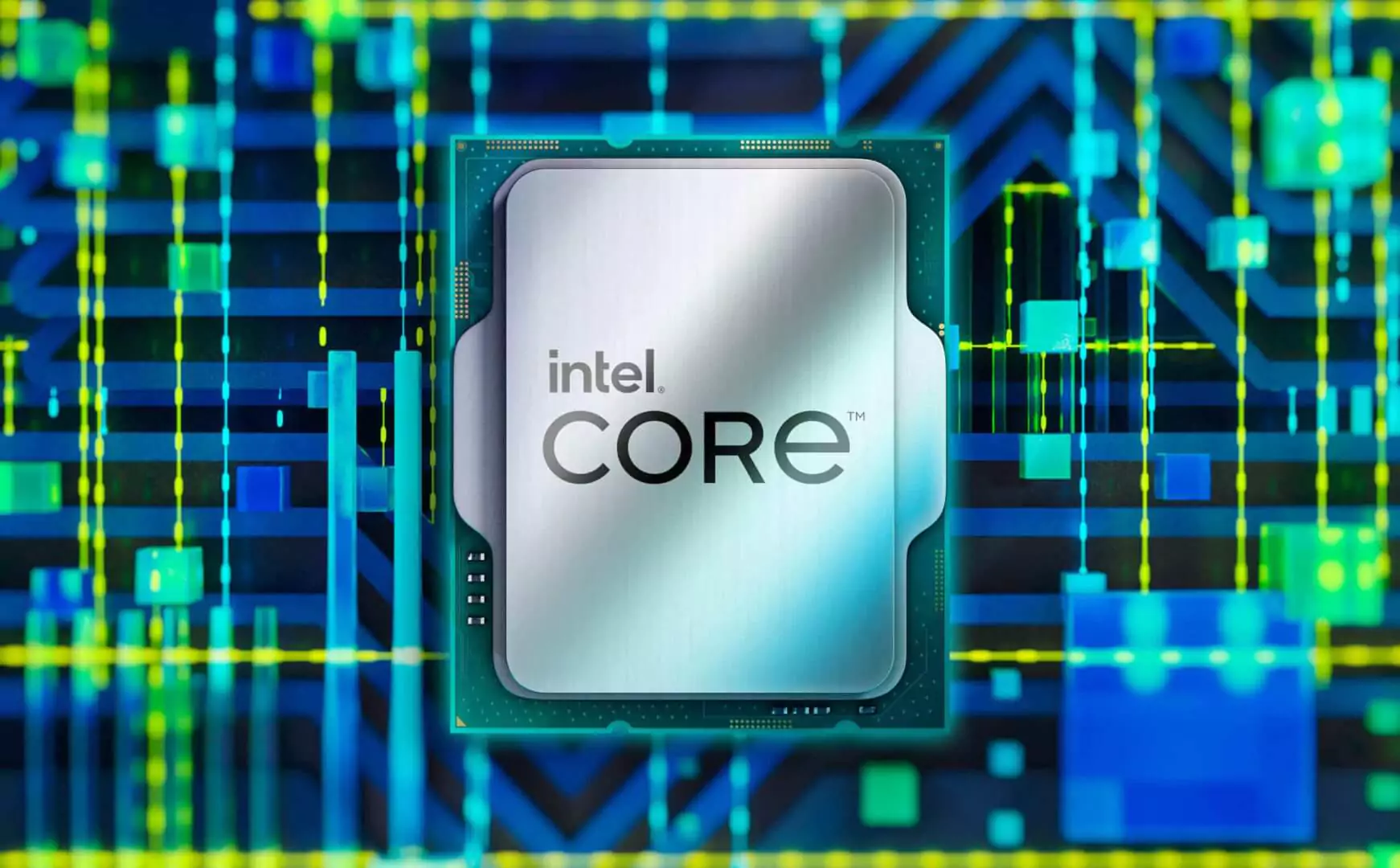Intel’s board partners have released the official “Baseline” profile for all Z790, H770, and several B760 motherboards. Although the extreme power profile mainly targets higher-end Z790 boards with cutting-edge VRM and power supplies, it also affects the performance of the Core i9-13900K and 14900K on lower-end B760 motherboards. Using the default and baseline BIOS settings, we tested the Core i9-13900KF on the ASUS ROG Strix B760-F Gaming WiFi. The results are as follows:

The Core i9-13900KF is 8.4% slower using the Intel Baseline profile in the multi-core Cinebench 2024 benchmark but performs the same in the single-core test. We see similar behavior in gaming workloads. For example, Cyberpunk 2077 performs roughly the same using the baseline and default profile. The framerates are nearly identical with and without ray tracing at 1440p “Ultra.”

The Intel Baseline profile sets the PL2 (Boost) power limit to 253W as the official guidelines, while the “default” BIOS settings set it much higher, allowing power draws of over 300-400W. Below, you’ll see the difference in core clocks, voltage, power consumption, and temperatures using the two different presets.


Using the Intel baseline profile, the P-cores on the i9-13900KF hover between 4.7-4.8GHz with the fastest few peaking just under 4.9GHz. The E-cores fluctuate between 3.7GHz and 3.8GHz, while the fastest 2-3 cores top out at 3.9GHz.
ASUS’s stock BIOS profile propels the P-cores up to 5.5GHz with an average clock of 5.1-5.3 GHz in the first half and 5-5.1GHz in the second half of the benchmark. The E-cores get bumped up from 3.7-3.8GHz to 4.1-4.2GHz and 4-4.1GHz in the first and second half of the rendering test, respectively. As you can see, these are sizable boosts in core clocks with the P-cores gaining more than 500 MHz using the official board partner profile.


The Vcore voltages increase from 1.2-1.25v to 1.35-1.4v (1.45v peak) using ASUS’s official BIOS profile versus the Intel baseline specs.


The CPU package power consumption of the Core i9-13900KS increases from <220W using the Baseline profile to over 300W with the stock BIOS settings.


As the power consumption rises, so do the thermals. From <90C with the baseline profile, the CPU package temperature goes up to 100C using the stock BIOS settings.


The amped-up board partner power profiles grant notable performance gains at the cost of increased power consumption and toasty thermals. Gamers, however, won’t see much gain (or loss) upon switching between the two profiles. This is primarily because gaming workloads don’t strain the power limits of modern CPUs, allowing roughly similar boost clocks with the baseline and default motherboard settings.






